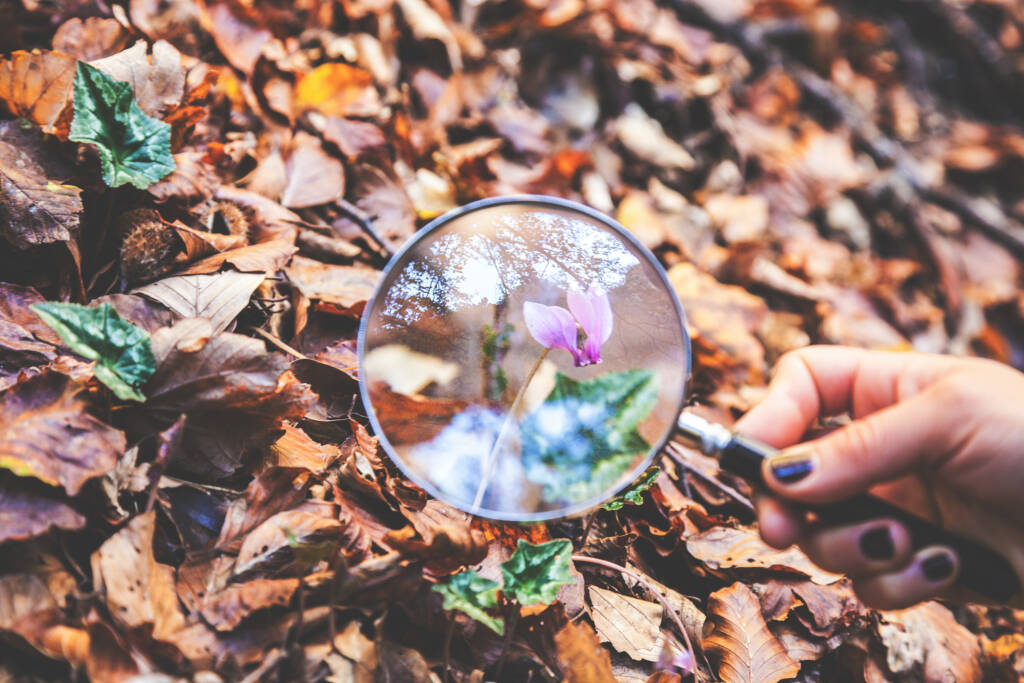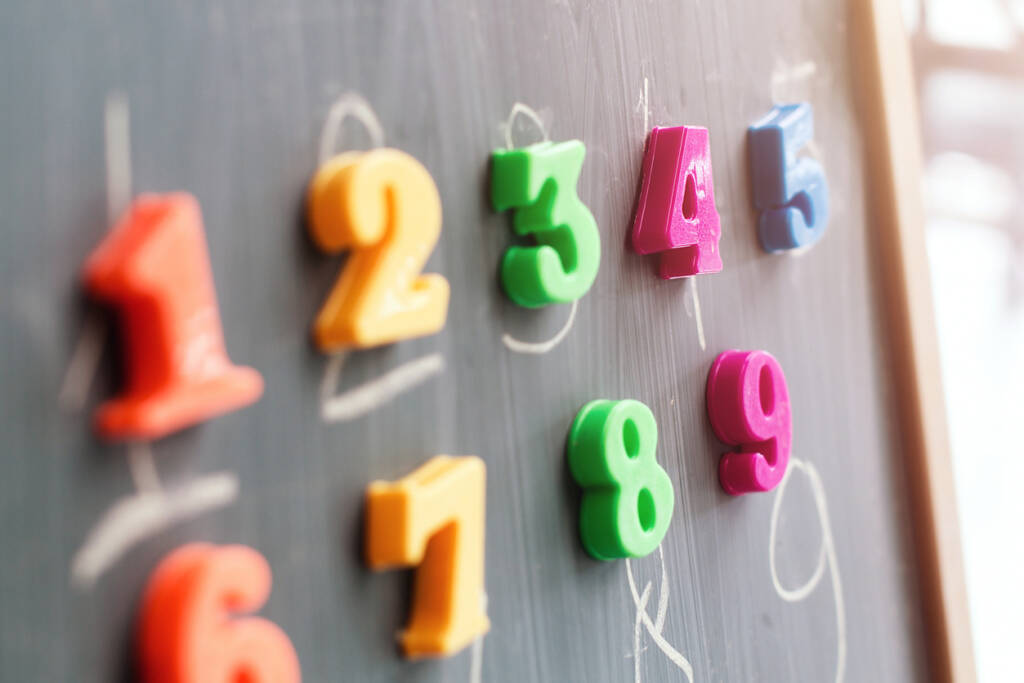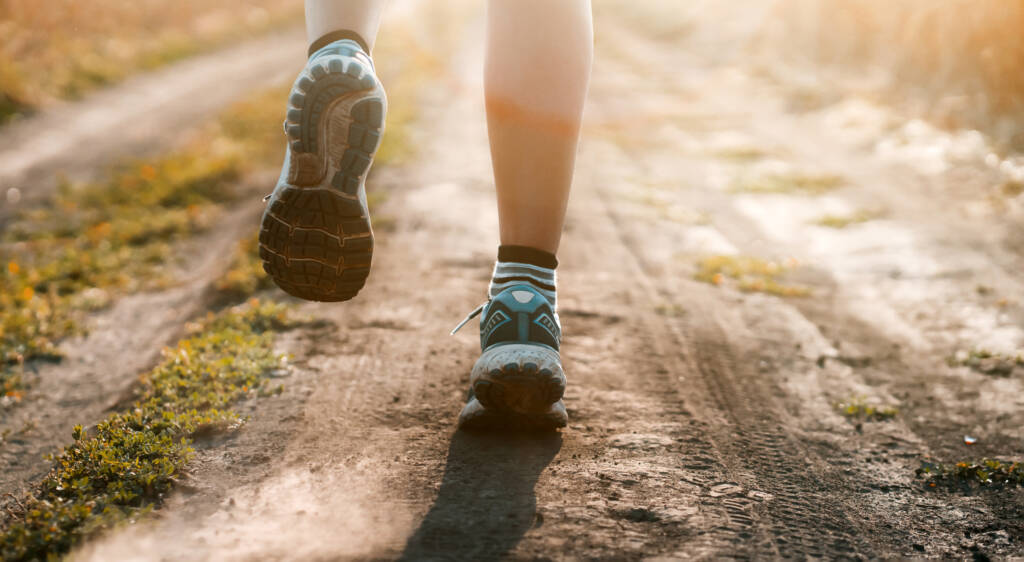
Elementary Science Grade 1

In Science Grade One, students develop a foundational understanding of concepts across many types of sciences including Earth and Space Science, Life Science, and Physical Science. Through exploring, making and comparing observations, describing, modeling, and demonstrating, students learn about force and motion, space, Earth, changes to Earth’s surface, gravity, basic needs of living things, plants, water, parents and offspring, and living and nonliving things.
Please view the Elementary Parents Guide for Grades K-2 with guidance on helping your student transition to online learning and thrive at VLACS.
Major Topics and Concepts
Segment One
- Observable Properties
- Movement
- Gravity
- Push and Pull
- Water, Rocks, Soil
- Fast and Slow Changes
- Beneficial and Harmful Properties of the Sun
- Need for Water
- Water Safety
- Keep Records
- Five Senses
- Ask Questions
Segment Two
- Stars in the Sky
- Sun, Moon, and Stars
- Magnifiers
- Living Things and Their Environments
- Living and Nonliving Things
- Basic Needs
- Major Parts of Plants
- Plants and Animals Resemble Their Parents
- Keep Records
- Five Senses
- Ask Questions
Course Materials
To achieve success, students are expected to submit work in each course weekly. Students can learn at their own pace; however, “any pace” still means that students must make progress in the course every week. To measure learning, students complete self-checks, practice lessons, multiple choice questions, projects, discussion-based assessments, and discussions. Students and families are expected to maintain regular contact with teachers because, when teachers, students, and parents work together, students are successful.
Required Materials – Please view the list of materials before registering.
Competencies
Earth's Treasures
I can describe fast and slow changes to the Earth’s surface. I can describe objects found on the Earth’s surface. I can describe water sources on Earth’s surface. I can describe types of rocks on Earth’s surface. I can describe types of soil on Earth’s surface. I can describe living organisms on Earth’s surface. I can describe vibrations that make sounds.
Fun in the Sun
I can explain the benefits of the sun. I can explain the harmful effects of the sun. I can describe the protection of my body from the harmful effects of the sun. I can describe reasons people need water. I can describe water safety.
Make it Move
I can compare the speed of moving objects. I can describe the forces of push and pull. I can describe the process of changing the motion of an object. I can predict the effect a force will have on an object. I can explain the effect of gravity on objects. I can describe the effects of no gravity on an object.
Properties of Objects
I can categorize objects based on shape. I can categorize objects based on color. I can categorize objects based on weight. I can categorize objects based on texture. I can categorize objects that sink or float. I can categorize objects based on temperature.
Green and Wild
I can describe plant parts. I can describe the relationship between offspring of animals and plants to their parents I can compare parents to their offspring of animals and plants. I can describe the help animal parents provide their offspring to survive. I can describe differences in plants and animals.
Living Things
I can describe the basic needs of living things. I can explain the response of living things when one of the basic needs is missing. I can describe the use of plant parts to meet basic needs. I can describe the use of animal parts to meet basic needs. I can describe characteristics of living things. I can describe characteristics of non-living things.
Stars in the Sky
I can describe the effect of distance on the appearance of the size of an object. I can describe tools that make objects appear closer and more detailed. I can explain that there are objects in the sky I can describe patterns of the Sun, Moon and stars. I can describe the positions of stars in the sky.

